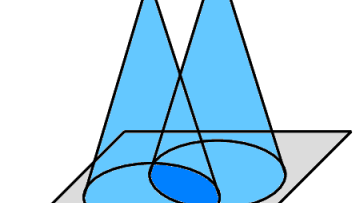PDE techniques for network problems
Abstract
In recent years, ideas from the world of partial differential equations (PDEs) have found their way into the arena of graph and network problems. In this talk I will discuss how techniques based on nonlinear PDE models, such as the Allen-Cahn equation and the Merriman-Bence-Osher threshold dynamics scheme can be used to (approximately) detect particular structures in graphs, such as densely connected subgraphs (clustering and classification, minimum cuts) and bipartite subgraphs (maximum cuts). Such techniques not only often lead to fast algorithms that can be applied to large networks, but also pose interesting theoretical questions about the relationships between the graph models and their continuum counterparts, and about connections between the different graph models.



